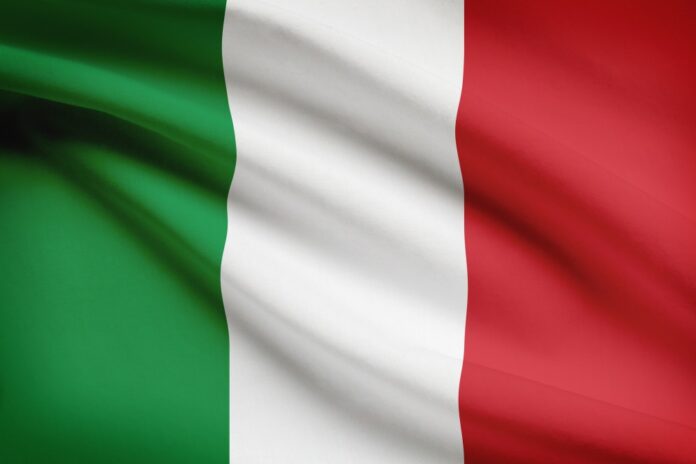The Italian incumbent makes progress in closing the digital divide and with FiberCop.
For the first time in 20 years, TIM reported growth in retail fixed lines in the fourth quarter of 2020.
The Italian incumbent’s full-year figures reflect the effect of the pandemic, but while overall TIM’s revenues fell by more than 12% – to €15.8 billion – the reduction in fixed-line income was half that rate (5.9%). Rather more painfully, EBITDA dropped 17.3% to €6.7 billion.
Moving ahead
Even so, pundits’ consensus is things are going the right way for the Italian incumbent.
The operator had 4.4 million ultra-broadband (100Mbps and faster) lines installed at the end of 2020, an increase of 20% on the year before, and the rate of take-up by customers is accelerating.
Although this is in some measure due to the pandemic forcing people to work, study and socialise online, it is also due to taking action to provide coverage in designated white areas.
They are rural and other locations that are sparsely populated: since March 2020, TIM has installed 18,000 new cabinets to make FTTx available to 91% of households with a fixed phone line.
Some 437,000 new wholesale and retail ultra-broadband went live in Q4 alone, taking TIM’s total to 8.6 million, an increase of 24% over 12 months.
After many months of wrangling, TIM is collaborating with infrastructure investment fund KKR and competitor Fastweb on their joint venture, FiberCop, an access network unit.
TIM recently published the terms and condition on offer for any interested investors.



